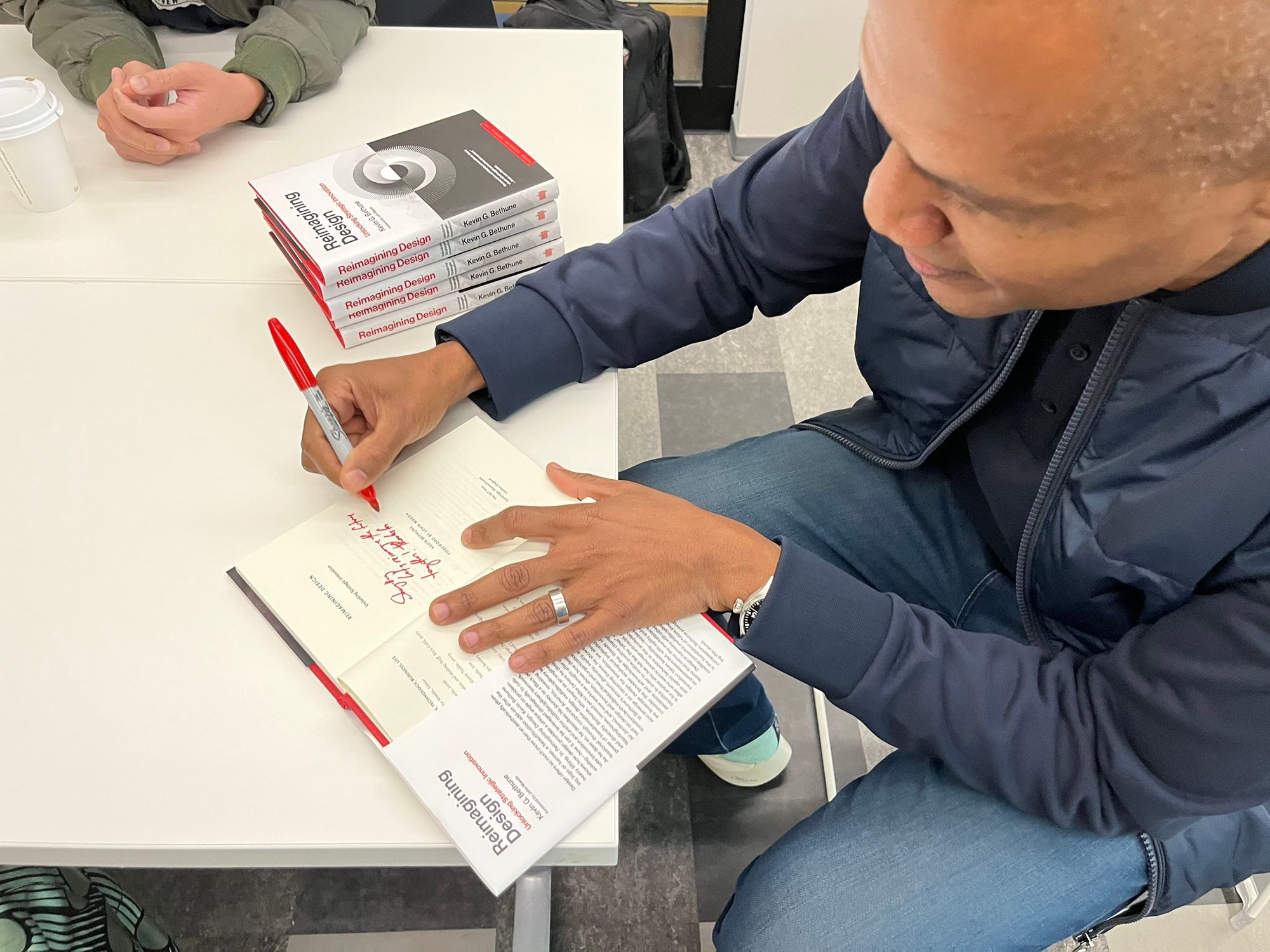Design Library, Part 2
Most popular books and articles in the MIT MAD design community.
Jun 23, 2023

Change by Design
Tim BROWN
Harper Business
Available through MIT Libraries
Tim Brown, CEO of IDEO, shows how the techniques and strategies of design belong at every level of business.
Design as an Attitude
Alice RAWSTHORN
JRP Editions
Available through MIT Libraries
Design as an Attitude describes the resourcefulness and ingenuity with which designers are responding to complex and intersectional global challenges at an extraordinarily turbulent time. Public interest in design is soaring as a new generation of designers uses advanced technologies to pursue their humanitarian and ecological objectives in increasingly ambitious projects, as well as to reinvent the objects and spaces we use daily.
Design for a Better World
Meaningful, Sustainable, Humanity Centered
Don NORMAN
The MIT Press
Available through MIT Libraries
How human behavior brought our world to the brink, and how human behavior can save us. Norman proposes a new way of thinking, one that recognizes our place in a complex global system where even simple behaviors affect the entire world. He identifies the economic metrics that contribute to the harmful effects of commerce and manufacturing and proposes a recalibration of what we consider important in life.
The Sciences of the Artificial
Herbert A. Simon
The MIT Press
Available through MIT Libraries
Herbert Simon's classic and influential The Sciences of the Artificial declares definitively that there can be a science not only of natural phenomena but also of what is artificial. Exploring the commonalities of artificial systems, including economic systems, the business firm, artificial intelligence, complex engineering projects, and social plans, Simon argues that designed systems are a valid field of study, and he proposes a science of design.
101 Things I Learned in Product Design School
Matthew FREDERICK & Sung JANG
Penguin Random House
Available through MIT Libraries
Product Design is not art, engineering, or craft, even as it calls for skills and understandings in these areas and more—psychology, history, cultural anthropology, physics, ergonomics, materials, marketing, and manufacturing. This accessible guide provides an entry point into this vast field through 101 brief and illustrated lessons.
Links
Related News
Related Events

The Power of Design

Kevin Bethune: Reimagining Design

